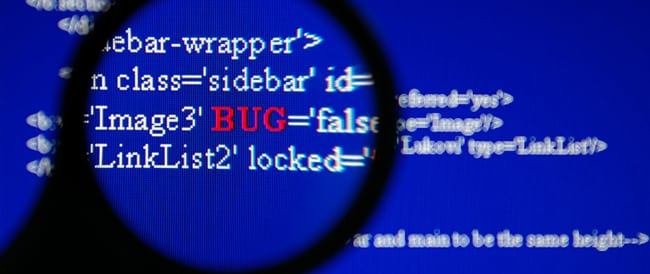In a recent blog post, WatchGuard Technologies’ Director of Security Strategy and Research, Corey Nachreiner, explores the Target data breach and provides.
Here is a short portion of the Nachreiner’s blog post, titled “Building Defense Out of Disaster; Learning From the Target Breach”:
What can businesses and retailers learn from the attack? Here are some of my key takeaway tips:
PoS targeted malware is on the rise, prepare for it
Over the past few years, experts in the info security field have noticed the steady increase in malware that specifically targets point-of-sale (PoS) systems. So how do you prepare for it? Patch PoS systems, enforce a separation of duties, educate your cashiers…
You need to segment your trusted network
As an industry, we have adopted a general trilateral paradigm that includes the external network (Internet), a demilitarized zone (semi-public servers), and our trusted network. The problem is our trusted network should not be flat. It makes it much to easy for attackers to perform lateral movement…
You need more proactive malware detection

Unfortunately antivirus (AV) technology still relies heavily on reactive, signature-based detection. This means that it can’t find and block new malware until after it’s first analyzed, which is typically not until after it has infected at least one victim. However, recently newer malware detection controls have surfaced…
Focus your defense on data

In a presentation I gave at Gartner ITxpo last year, I talked about how most of our preventative security controls are focused on protecting machines and devices, and not necessarily on protecting data directly. We need to spend a bit more time monitoring and protecting data directly…
Focus more on detection and response

Preventative controls are a must for any organization, and they are probably the best bang for your buck. However, I’m afraid many organizations have focused too singularly on prevention and have forgotten to consider the other very important aspect of network security – detection and response. Cybersecurity is a continuous arms race…
The U.S. must update its credit and debit card standards

Without going into all the technical details, most of the data stored on magstripe cards are stored in clear text, and you can easily recover or clone the data with cheap readers. EMV cards actually have small microprocessors on them, which use cryptographic standards to authenticate cards. In short, EMV makes it much harder for attackers to clone cards…

